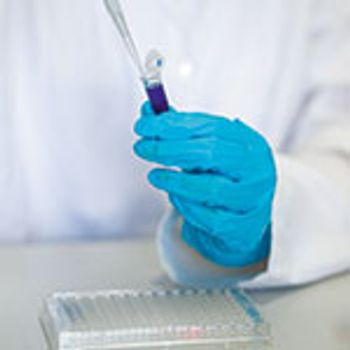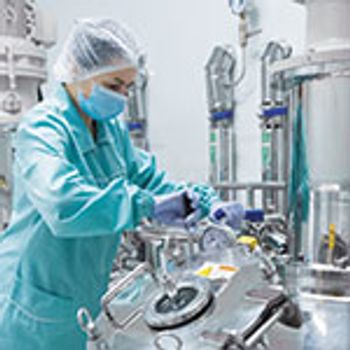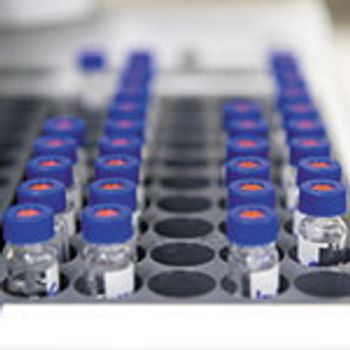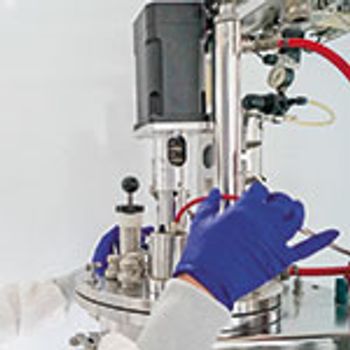
Industry–academia collaborations seek to address unmet needs in measurement science.

Industry–academia collaborations seek to address unmet needs in measurement science.

Collaborative robots work beside laboratory employees to improve efficiency in pharmaceutical research and quality control labs.

The testing of raw materials is essential as raw material quality determines the outcome of biologic product quality.

By reducing the number of assays needed and allowing product quality attributes to be measured end to end, MAM promises to allow users to gain product and process understanding much sooner than they could in the past, and to ensure quality and safety in a more efficient, streamlined way, throughout the product life cycle.

By adapting techniques from other sciences-and exploring better tools for biologics drug development-researchers are addressing challenges of protein characterization.

If a vortex mixer produces too much energy during sample preparation for particle size analysis, the size and morphology of particles can change. A study compares the applied shear to sample suspensions of ibuprofen to observe the effects of applied shear on the particle size distribution.

As biopharma companies rapidly change their focus, they may lack the laboratory space, instrumentation, and the scientific knowledge to support biologics research.

This article discusses why it is important to apply risk analysis, QbD, and DoE in the development of analytical methods.

Rather than isolating the user in a virtual world, mixed reality allows contextualized data to be shared in real time, improving assays, standard operating procedures, workflows, and overall tech transfer.